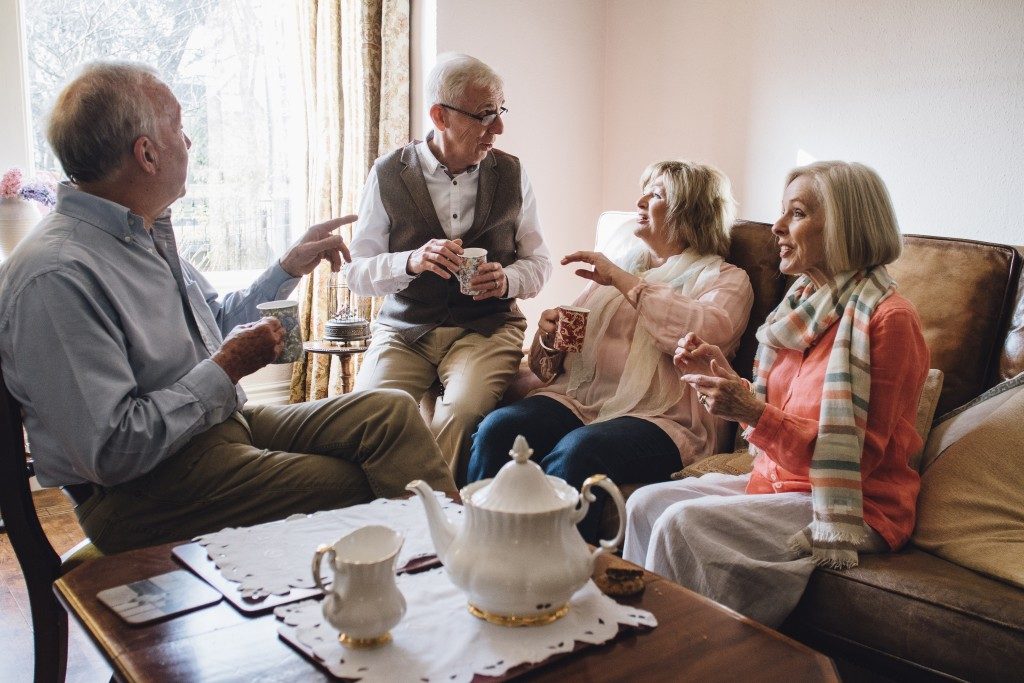Everyone probably agrees that in life, change is the only thing that’s constant. Thus, whether you like it or not, you have to accept the fact that all things will eventually come to an end. The same goes for our corporate careers. Retirement is one phase in life that we must be prepared for.
Preparation for retirement doesn’t only include the aspects of finances and hospital care. An area that should not be overlooked is incorporating necessary changes in your home. While for now, you may think your house will remain to be a comfortable castle, there will be a time when it can be your worst nightmare, as getting older has some disadvantages.
Accordingly, your house should adapt to your needs. Making your home ready for retirement is all about thinking ahead and adding certain elements in your home to suit your lifestyle in the future.
Planning to invest in a house that you will live in for good until your retirement years? We’re here to help! Let’s provide you with some amenities and features you that will promote safety and convenience as you age below:
Mind the bathrooms
We’re all aware that a lot of accidents concerning the elderly occur in the bathroom. These can lead to serious injuries like fractures, sprains, and dislocation. It would be better to install a handicap bathtub and a walk-in shower since these are a lot safer than fancy yet slippery bathtubs and glass showers.
In addition, floor tiles are risks since they can be slippery when wet. Install rugs and non-slip mats outside the shower and near the sink. Have a small stool in the shower area, too. Do not forget to install handrails near the toilet seat — and even the bathtub, if possible — for extra support.
Opt for a first-floor master bedroom
It’s inevitable for our health to deteriorate as we get older, and that will obviously affect our overall mobility. Therefore, as you age, mobility should be one of your top-most considerations. Choose a house with a room on the first floor and make that the master’s bedroom so you don’t have to climb up the stairs.
Break down barriers

The floor plan is one of the essential aspects of any home. This being said, be sure to opt for an open floor plan. An open floor plan doesn’t only look appealing, but it’s also easier to navigate. Moreover, your loved ones will be able to keep an eye on you (if ever you decide to live with them).
Try removing walls in some common areas like the kitchen and hallway. Doing so invites more natural light and air from your windows since your space will be unblocked.
Shift to L-style faucets and doorknobs
Many people don’t think much about their faucets and doorknobs, not until they start to have difficulties using them. Turning anything on or off can be difficult for someone with shaky and unstable hands. A lever-style mechanism for faucets and doorknobs is more likely to come in handy since they are easier to grab.
Widen doors
This may be optional, but we still recommend it. Having a wide door has a lot of advantages — particularly in the future when you’ll need to use the wheelchair.
Add More lighting
As we age, our eyes grow dimmer so having an additional light fixture in areas like staircases or hallways is a must. This way, the risk of tripping or bumping into things will be avoided.
Safety and comfort should always be a priority when it comes to buying and renovating a house that suits the needs of the elderly. Consult a professional for a more detailed discussion on essential home repairs.

